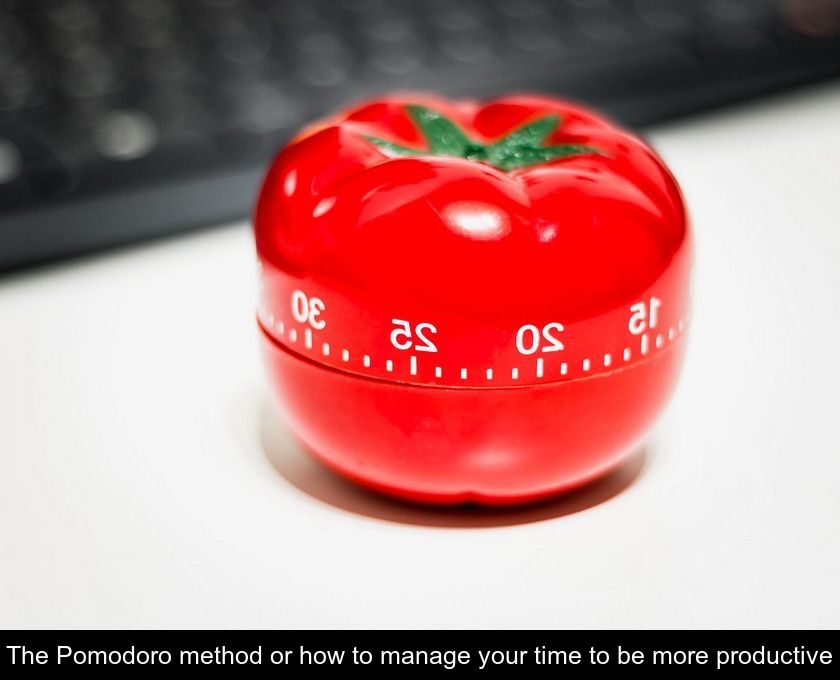The Pomodoro Method Or How To Manage Your Time To Be More Productive
Despite its name, the Pomodoro ('tomato' in Italian) method has nothing to do with cooking or gardening. It is a time management method developed in Italy in the late 1980s. We invite you to discover this technique that helps you stay focused on the tasks at hand.
Why this name?
Although its name may be confusing, the Pomodoro Method has nothing to do with tomatoes.
It gets its name from the tomato-shaped kitchen machine that was used by the creator of this method, Francesco Cirillo.
The latter developed this time management method in the 1980s when he was a university student.
What is the principle?
The Pomodoro method consists of scheduling your tasks over a defined period of time, 20 to 25 minutes maximum, and interspersing these different work periods called 'sessions' with short breaks.
Using a kitchen timer allows you to manage your time and strictly adhere to alternating work periods and breaks.
What is the advantage of this method?
The Pomodoro method is based on the idea that regular breaks make it easier to concentrate.
Scientific studies have actually shown the benefits of rest time on memory consolidation.
This technique is interesting if you have to perform certain tasks that require concentration or if you have to hand in an assignment within a limited time frame.
It can also help you manage your time if you're a student and you're revising for an exam.
If you are already used to making to-do lists but never manage to complete all the tasks you have planned for the day, this method is for you!
The benefits of this time management technique are:
- to prevent procrastination, the very common fault of putting off tasks all the time
- to limit interruptions to work due to mental dispersion or the environment
- to help focus on one task at a time rather than practicing the often counterproductive multitasking.
How to put it into practice?
If you want to practice the Pomodoro method to better manage your time at work or in your studies, you don't need complicated equipment.
Just provide yourself with a timer, paper and pencil and follow these 5 steps:
1- make a list of tasks to be done today.
2- for each task, set the timer for 25 minutes
3- concentrate fully on the task until the timer rings, then note what has been done.
4- take a short break of 5 to 10 minutes, to get up, walk, drink a glass of water or a coffee...
5- after 4 sessions, i.e. after about 2 hours of work, take a 20 to 25 minute break.
What are the mistakes to avoid?
The first step of task planning is critical to the success of this method.
To successfully complete each task within the 25 minute time limit, you must good estimate the amount of work to be done for each task.
Be careful not to overload your schedule. Your goal is to get the scheduled tasks done, but not to pressure yourself!
So when planning, you need to be realistic about what you are able to accomplish during the day.
In the Pomodoro method, each work session should last at least 20 indivisible minutes.
In order to maintain this focus time, you should make sure to avoid any interruptions in your work (due to yourself or others) during this time.
So keep all sources of distraction away and let your staff know if you need to!
Last mistake to avoid, don't skip breaks: they are essential to recharge your batteries and keep you performing throughout the day.
Tell yourself that breaks are not wasted time: they are what ensure your efficiency and productivity in the long run.











